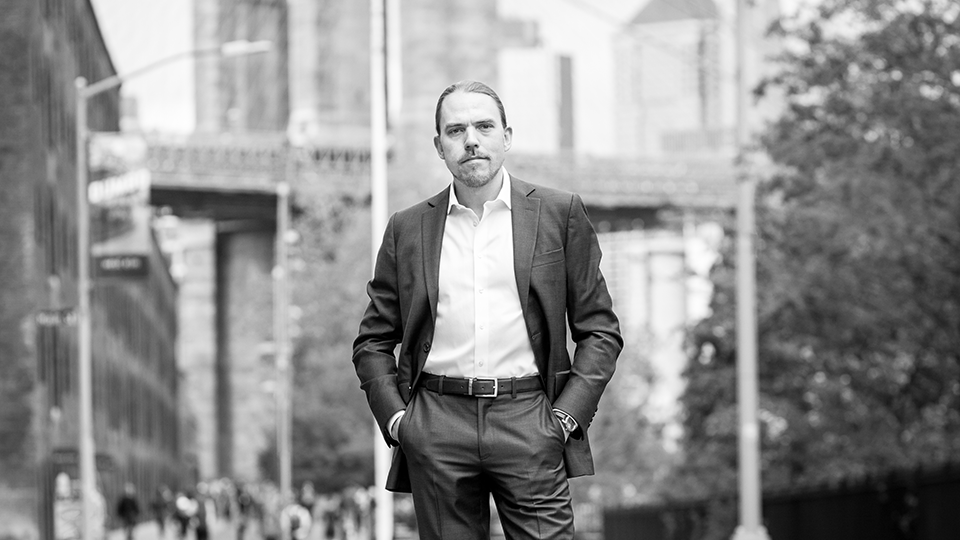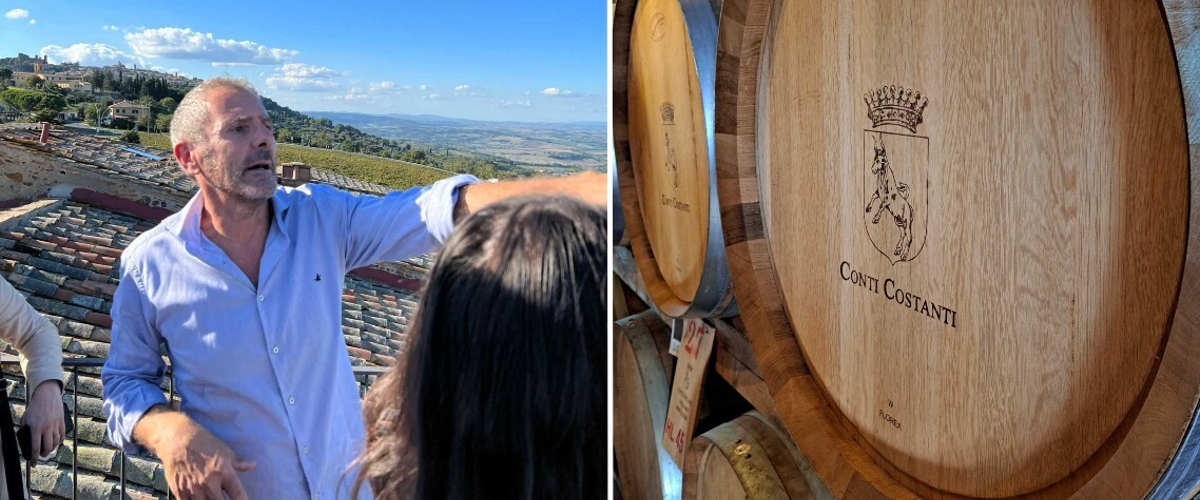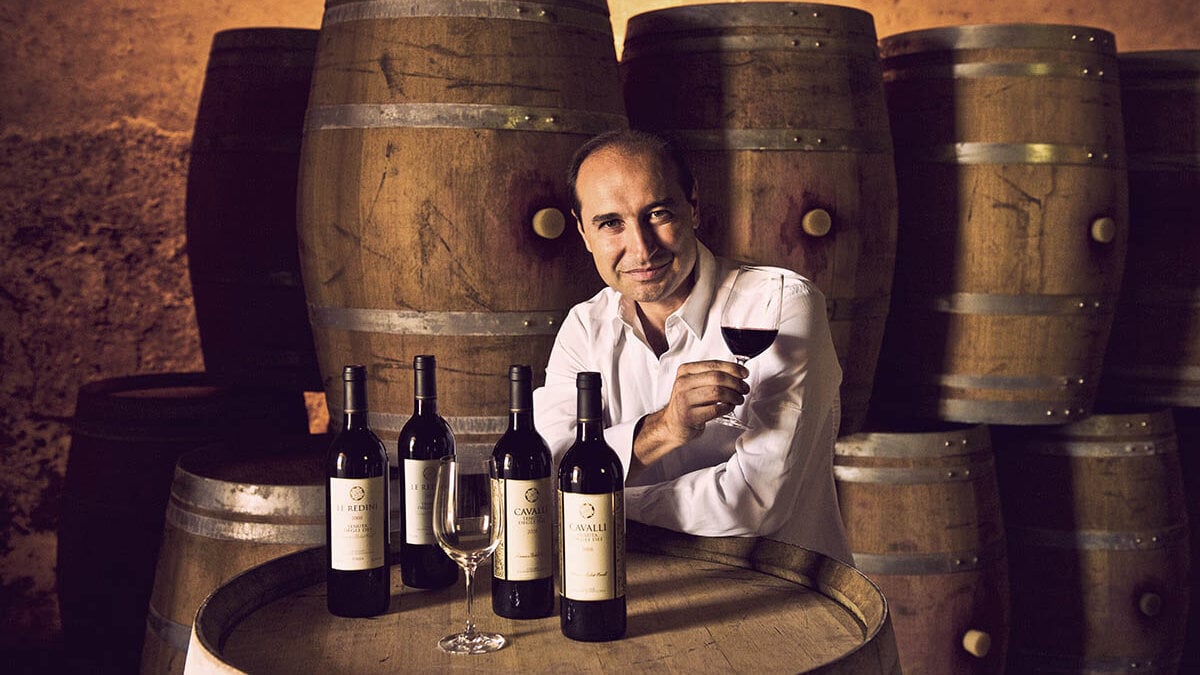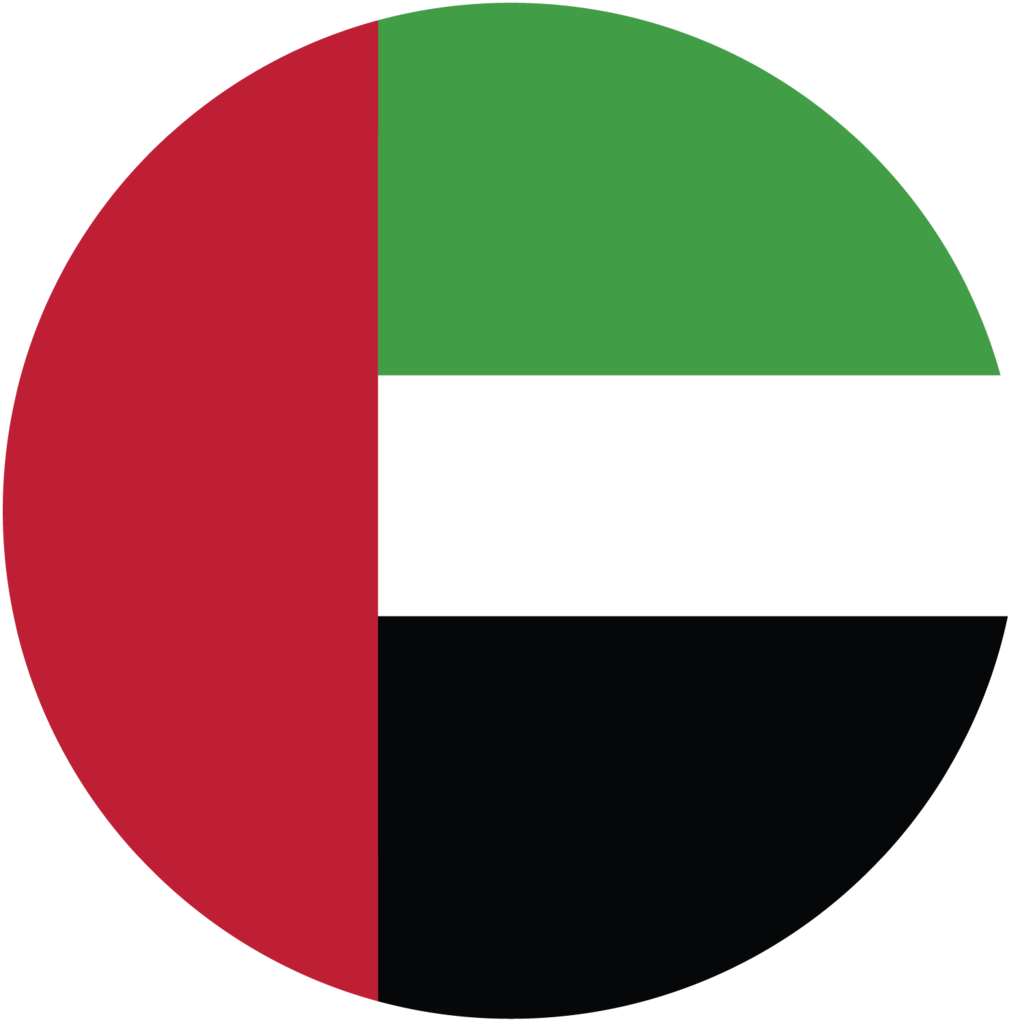

As part of the Brunello di Montalcino 2019 campaign, we are pleased to present our interview with one of the world’s premier critics covering the region, Vinous’s Eric Guido. Following a five-year stint as Director of Wine and Marketing at Morrell Wine Group in New York, he joined Vinous in 2020 and has been wowing us with his insightful reports ever since covering not just Montalcino, but a host of other Italian wine regions.
1. What is your earliest wine memory?
Wine was always a part of our family growing up, but it was never anything other than a pleasurable part of a family meal. A glass jug of white and a glass jug of red was always in my grandparents’ refrigerator, and neither seemed to run empty. I’m not even sure where these wines were acquired or what varieties they were made from. My family would enjoy wine from the same kind of glass that they used for water. Wine was an integral part of our daily life. I was always welcome to try it, yet I never had a taste for it growing up. It wasn’t until my late teens that I began the slow journey to understanding fine wine.
2. Was there one bottle of Brunello di Montalcino that stands out as an eureka moment or particularly special for you? (not necessarily the ‘best’ bottle you’ve had.)
That was the 1995 Poggio di Sotto, which I enjoyed somewhere around 2006 or 2007. Luckily, that was at a time before the prices of this wine skyrocketed, and I was able to buy and taste more vintages. I didn’t understand it at the time, but the wine combined the sun-kissed richness of Castelnuova dell’Abate (southeast Montalcino) with a spike of volatile acidity in a beautifully balanced way, as did most of Piero Palmucci’s wines. The amount of volatility in those wines would place them in the “technically incorrect” category, yet there was simply something magical about those old bottles of Poggio di Sotto.
3. What is the best and/or most unusual food pairing that you have had with Brunello?
Mature Brunello with salmon. If Oregon Pinot Noir can pair well with salmon, then why not Sangiovese? The acidity is what makes it work, keeping the palate perfectly refreshed while cutting through the rich fattiness of Salmon. Of course, I wouldn’t suggest a wine that’s made in a more international style for this pairing. The new oak and smaller barrels would add characteristics to the wine that would overpower the sweet meat.
4. As an experienced Brunello critic, what do you think about the separate identities of the Rosso di Montalcino and Riserva categories?
These are two categories that are going through a notable evolution. I firmly believe they are just as important as Brunello itself. A focus on creating high-quality Rosso has been spreading throughout the region, and today, many producers are starting to work with single vineyard Rossos as well. Compared to Brunello’s two years in wood, the shorter aging requirements make the Rosso category very attractive. We’ve witnessed many warm and dry vintages in the region, where extended aging can really dry out a wine. With these changes, however, prices have also increased, and there is no clear way to tell the difference between a Rosso made for early and easy drinking versus one that is elevated to the “Baby Brunello” category. This can create a lot of confusion for consumers, but the fact is that there are many wines in the market today that provide an experience just shy of Brunello at a fraction of the cost. As for the Riserva category, I am happy to see a new trend of cutting down the time in wood. Just as the extended wood aging can dry out a Brunello, adding another year of wood aging on top of that can really throw off the balance of a Riserva. Many producers are now bottling their Riservas at the same time as their Brunello, at about two years, and then completing the mandatory aging process in bottle prior to release. This change has reinvigorated the category because now a consumer can get a wine made from the producer's best fruit and directly from the cellar with an extra year of bottle maturation. It is important to note that many wineries still hold their Riserva in wood for four to five years, yet I believe that it’s only so long before this practice ends.
5. What is your opinion on the role that scores play in the fine wine market?
Before I was a critic, I was a buyer for a major New York City retailer. Before that, I was a wine collector and, before that, a chef who focused on food and wine pairings. In all of these roles, scores were critical to my business. Whether you’re a chef, collector, speculator or just someone who loves wine, it’s impossible to taste as broadly as someone whose sole responsibility is to be constantly in the mix at the wineries, in the vineyards, interviewing producers and looking to uncover the new and undiscovered gems in the world of wine. A critic provides valuable insights into new trends, evolutiuons in style, climatic changes and regional changes. A consumer could go broke trying to find that one wine within twenty that they truly love–that’s where a trusted critic comes in.
6. How do you feel the role of wine critic has changed in recent years?
I can speak more to my own writing than the writing of others. When I think back to when I followed other writers, I found that annual coverage of a region read more like a weather report. It is a common belief in the industry that the majority of people don’t read the report and skip right to the notes. I can’t blame them if all a report does is provide meteorological data spread out across 1500 - 2000 words. For me, the critic's role is to inform, entertain and provide cutting-edge data to consumers. I often think of myself as more of an investigative reporter than a wine writer because, for me, it’s about finding the story and providing it to the reader.
7. Do you see winemaking as more of an art or a science?
A little bit of both. The best winemakers are driven by passion yet willing to accept that science plays a critical role in creating great wine. Just consider the natural movement that’s taken place with low-intervention wines. I love this category, but it's a minefield because, for every two or three amazing wines, you come across another twenty that are faulty. By the same token, if a winemaker is all about science, they can create technically perfect wines, and I might be fooling myself, but I can’t help but feel that those same wines are missing a soul.
8. What things in common do the most exciting producers / or the producers getting the most out of their vineyards have?
Willingness to experiment and to think generationally. If a winemaker settles for riding the success of their brand or a trend and never thinks about the future, they will sooner or later become irrelevant. I’ve been told by many producers that you don’t plant a vineyard for today, you plant it for ten years from now or for your children. This has become even more important with the onset of global warming. We simply can’t depend on the tried and true methods of ten years ago. The playing field is in a constant state of evolution.
9. Are there any Brunello producers you would like to highlight as particularly underrated / pleasantly surprised you / or deserve more recognition?
From a recognition standpoint, Baricci is a perfect example. The Northeast has gained in popularity with consumers, yet I still don’t hear them talking about these wines. From the Rosso, to the Brunello and the Riserva, all of Baricci’s fruit comes from a choice parcel of Montosoli. As for under the radar, I would suggest Fonterenza, located southwest of Montalcino, in the hills of Sant’Angelo in Colle. These are wild wines made with a non-interventionist style. They are definitely wines with soul.
10. In your Vintage report you said 2019 Brunello’s had “embarrassment of riches for collectors and fans” – it does seem to be a consistent vintage with many great wines across the board. Aside from scores how do you think collectors should go about deciding which wines to hunt down?
The first thing to consider is personal preference – understanding if you prefer wines made in a transparent style or ones made in a richer or more international style. Next is the north versus the south. In the north, expect more floral and red-fruited wines of verticality. In the south expect darker fruit profiles and more ripeness, yet still beautifully balanced. My best advice is to read the notes – not just the scores – so that you know what you’re getting into. In 2019, great wines are abundant throughout the entire region, so the odds are on our side
11. In the absence of clearly recognized sub zones – do you think new enthusiasts should focus on a producer’s altitude, vineyard exposure or something else when trying to hunt certain styles of wine they might like?
That’s a great question, especially with the onset of climate change. However, I don’t think that altitude is the sole answer, even though the big trend in the region is the look for higher elevations. I’ve been pushing the topic of subzones for many years now, and while Montalcino has still yet to adopt a usable system, I believe that it can still be useful for the purpose of a consumer to get to know the region by four parts: Northeast, Northwest, Southeast and Southwest. This is far from a perfect division, but it is still useful for making generalizations. For instance, the northeast and west will fair better than the southeast and west in a warmer vintage. The northeast will have more body and vivid fruit sensations due to the larger amount of clay in the soils, while the northwest will show more minerality and a rugged character. The Southeast is diverse, with elevations as low as 150 meters up to 400 meters, diverse soils from top to bottom, lots of thick forests and diverse expositions. In a balanced vintage, like 2019 and 2016, or a cool vintage, like 2013, this region can create absolutely gorgeous wines that find an exciting balance between dark fruit, minerality and structure. As for the southwest, this is a completely different story, with wines that are more Mediterranean in feel. Elevations are low, with ventilating winds coming directly from the Tyrrhenian Sea. There’s more richness and meatiness to the wines and a number of producers rely more on oak. The wines also tend to be more accessible sooner.
12. There seem to be more and more single vineyard Brunello wines appearing, which come at a premium to their regular Brunello counterparts. Do we lose some of the balance or character of Brunello without the blending process? Are they generally worth it? What are your thoughts?
Sangiovese is one of the greatest varieties in the world because of its ability to communicate terroir, or a sense of place. It would be a shame not to take advantage of this in a region like Montalcino. Both styles have their merits. For instance, the wines of Le Potazzine are decidedly northern in style, yet they are enriched with a percentage of fruit from a low-elevation vineyard in the deep south around Castelnuovo dell’Abate. This is a blended wine that finds perfect balance, and I’d never want to see it change. On the flip side, Canalicchio di Sopra in the northeast took their parcels from Montosoli and La Casaccia and created two single-vineyard wines that each year communicate their uniqueness and have, to date, outperformed the wineries blended Brunello di Montalcino. As for the question of price, that has to do with the terroir that was chosen to make their single-vineyard wine. Because, just like in Burgundy, every cru is different, and some don’t warrant an elevated status.
13. Your article is full of praise of how balanced the 2019s are, and how well they will age. But it’s great to read, (for those are as impatient as me,) you think many have an inviting personality now particularly after 2 days in bottle. When drinking Brunello 2019s young how do you usually approach/serve the wines? Will you decant or double decant at all? Is opening the day before and putting the cork back in a good rule of thumb?
I have never been a big fan of decanting Brunello, young or old. I think a good rule of thumb is to open the bottle in the morning for a dinner at night, allowing it to slowly aerate in the bottle. This process is often referred to as the “Slow-O”. That said, I also think that 2019s, while balanced for a long evolution, will begin to show very well in the next three or four years. At this time, the 2016s are starting to drink great. The days of a classic vintage being untouchable for a decade or more seem to be behind us.
14. You also said in your report “the last genuinely balanced year in the previous seven vintages” – what impact do you think climate change is having on Brunello di Montalcino?
So you saved the best for last. No one knows exactly how things will progress in the coming years. Will it get warmer? Will drought become even more severe? Will devastating rainstorms continue? In the end, Montalcino is in a state of constant evolution in order to deal with climatic changes. The idea of a normal vintage no longer exists. Each year, winemakers need to change and update their practices. The good news is that most of them continue to fight the good fight, yet there are many that seem determined to hold onto traditional practice, which may ultimately be their undoing. Brunello will continue to evolve. Cutting back on the amount of time in wood has helped, yet the requirement is still two years. Rethinking the rules of the DOCG to reduce that number may become a necessity in the years to come. Irrigation may help as well, currently only usable in emergency situations. The problem is how difficult it is for a producer to find water for irrigation in the region. Maybe we’ll see an even stronger dependence on Rosso di Montalcino. With all of that said, years like 2019 give me hope. This is a modern-day vintage with a classic feel. It proves that such a thing is possible. We may see a similar result with the 2021 vintage, but it’s too soon to tell.
Readers who subscribe to Vinous can access the full article here.

















